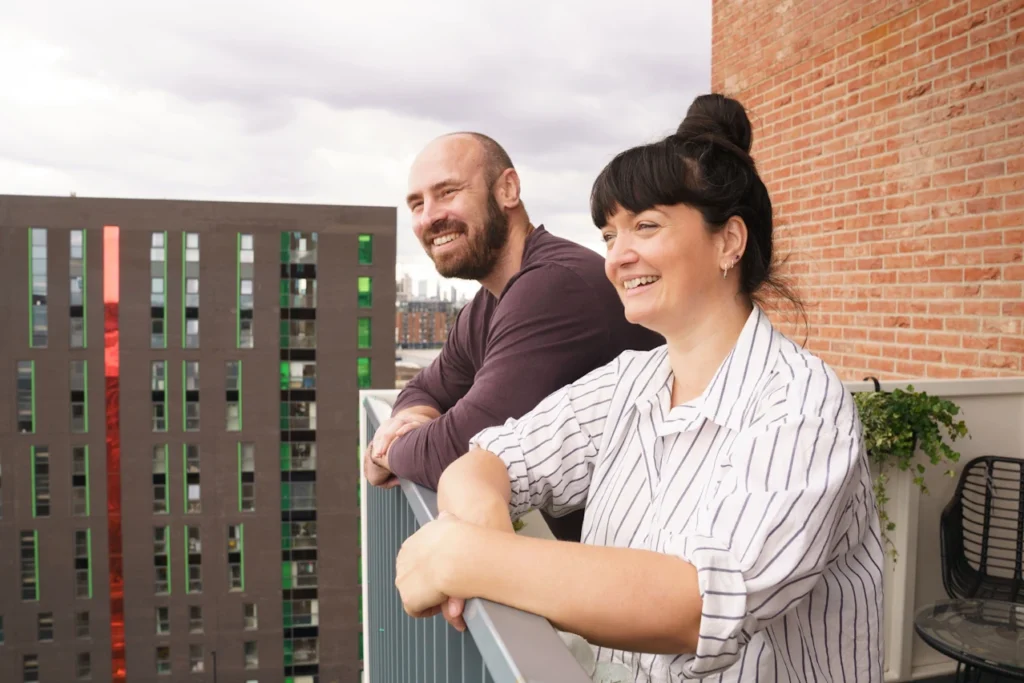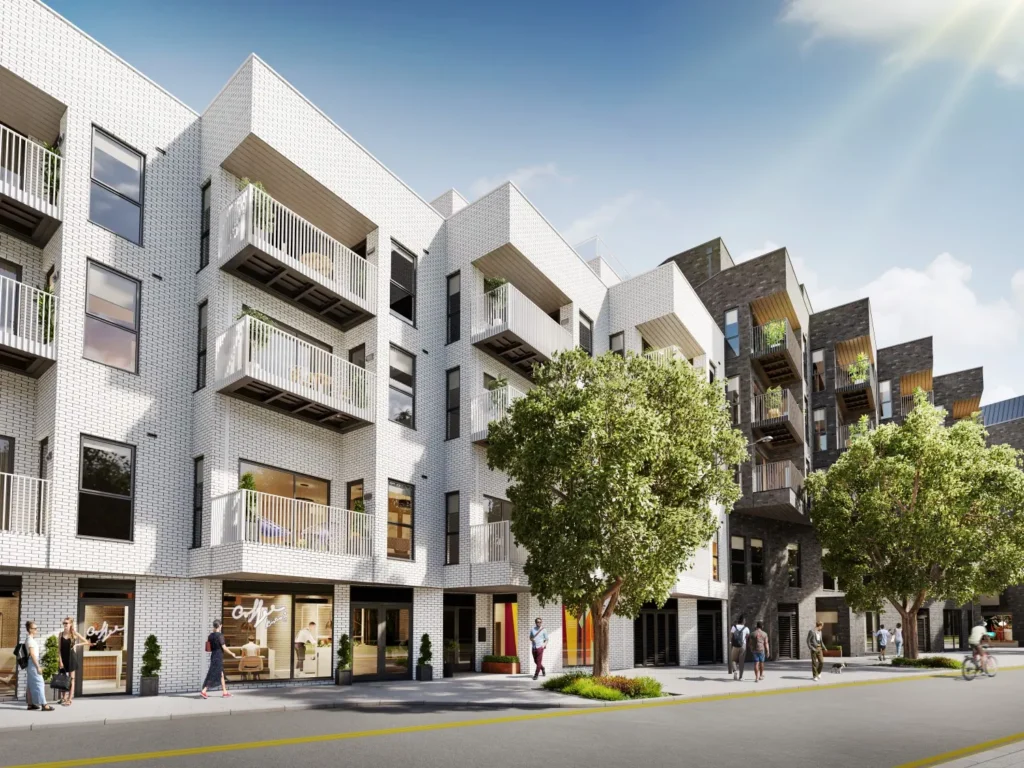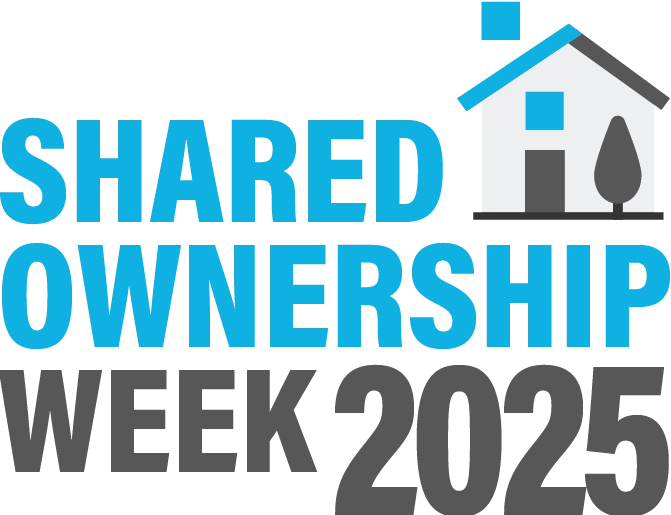Buying your first home or exploring options like Shared Ownership for the first time can be exciting as well as confusing, especially when terms like leasehold and freehold become involved.
Let’s break it down so you can make confident, informed choices about housing.
What Is a Leasehold Property?
Leasehold simply means that you own the property for a set number of years (the “lease term”), but not the land it’s built on. Once that lease ends, ownership reverts to the freeholder, unless you extend it.
Key points to know about leasehold:
- The lease has a fixed term, after which the property returns to the freeholder.
- Leaseholders often pay ground rent to the freeholder each year.
- You may also pay service charges for upkeep of communal areas.
- The lease may have restrictions on alterations or property use.
- The freeholder owns the land/building; you own the right to occupy.
- You can often extend your lease, usually at a cost.
- Shorter leases can reduce a property’s value.

Leasehold is common for flats in England and Wales (and some houses). Always review the lease terms carefully before buying.
Myth-Busting: Is Shared Ownership Always Leasehold?
A lot of people think Shared Ownership is the only type of property purchase that is leasehold, and nothing else. It’s true that nearly all Shared Ownership homes are leasehold, but they’re not the only ones.
Many other properties, especially new-build flats, converted apartments, and even some houses, are sold as leasehold.
If you’re avoiding Shared Ownership purely because of the leasehold aspect, you may find yourself facing the same setup in the general property market. Leasehold is particularly prevalent in urban areas and for properties with shared facilities or spaces.
It’s important for buyers to recognise that leasehold is a common form of property ownership and to focus on understanding the specific terms of any lease, rather than dismissing leasehold properties outright. Peabody offers new homes on leases from 125 to 999 years.
Leasehold vs Freehold – The Big Difference
- Freehold: You own the building and the land outright, indefinitely. No ground rent, no lease expiry. You can make changes (subject to planning rules).
- Leasehold: You own the property for a set term but not the land. You’ll likely pay ground rent, service charges, and follow certain rules.
Freehold generally offers more freedom and long-term security, while leasehold involves more ongoing costs and restrictions but can be more affordable, especially for flats and apartments.
What are the different types of Leasehold purchases?
Leasehold properties come in different forms, such as:
- Traditional leasehold flats or apartments
- Leasehold houses
- Shared Ownership homes
- Retirement properties
- New-build leasehold houses
- Commonhold (a type of freehold for flats)
- Right-to-manage leases

Traditional leasehold flats are the most common, giving buyers ownership of the interior for a fixed term. Leasehold houses are less frequent but appear in some new developments. Shared Ownership offers a mix of part leasehold purchase and part renting, while many retirement properties use leasehold for access to tailored facilities. Some new-build houses are also leasehold, a practice that has stirred debate in recent years.
Variations like commonhold and right-to-manage let leaseholders take on management duties. Each type has unique rules, costs, and conditions, so it’s vital to understand the lease before buying.
Things to Consider Before Buying Leasehold
Before committing to a leasehold property, make sure you:
- Check how many years are left on the lease (under 80 years can cause mortgage issues).
- Research the freeholder or management company.
- Ask about the possibility of buying the freehold or joining a right-to-manage scheme.
- Investigate cladding or building safety issues (especially with flats).
- Have a solicitor review the lease for unusual clauses.
- Check building insurance coverage and who arranges it.
Bottom line: Leasehold isn’t something to fear – it’s something to understand. Whether you’re looking at a Shared Ownership property or a standard flat, knowing your rights and responsibilities is the best way to avoid surprises later on.
Shared Ownership Homes from Peabody New Homes
Peabody is one of the largest housing providers in London and the Home Counties, and has helped hundreds of first-time buyers get on the property ladder in London through Shared Ownership.
With a mission to help people flourish, we focus on providing quality homes in great locations and services that positively impact communities. Committed to supporting first-time buyers, we offer the opportunity to step onto the property ladder with a Shared Ownership home, starting with just a 25% share.
You can browse our range of Shared Ownership properties today and register your interest for more information.

